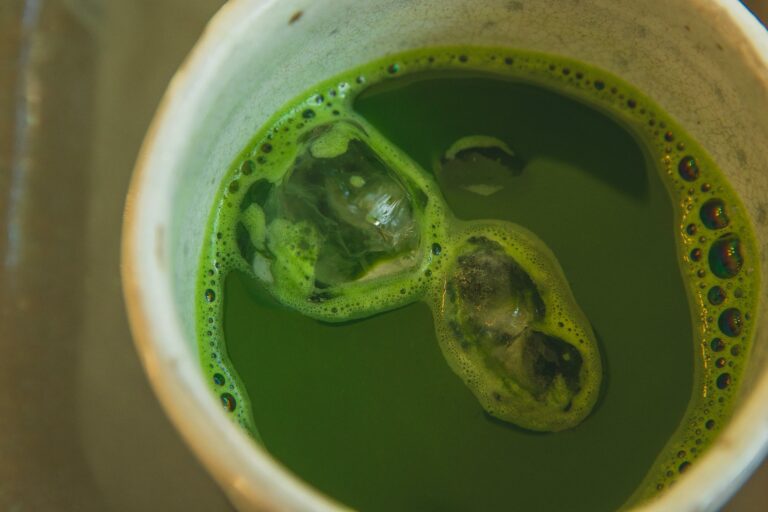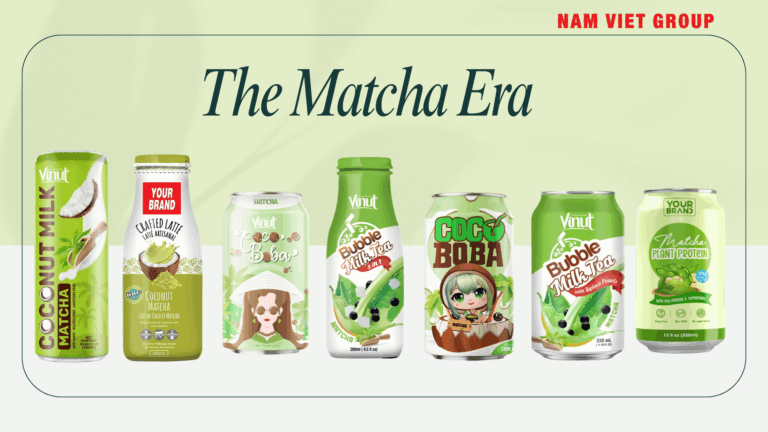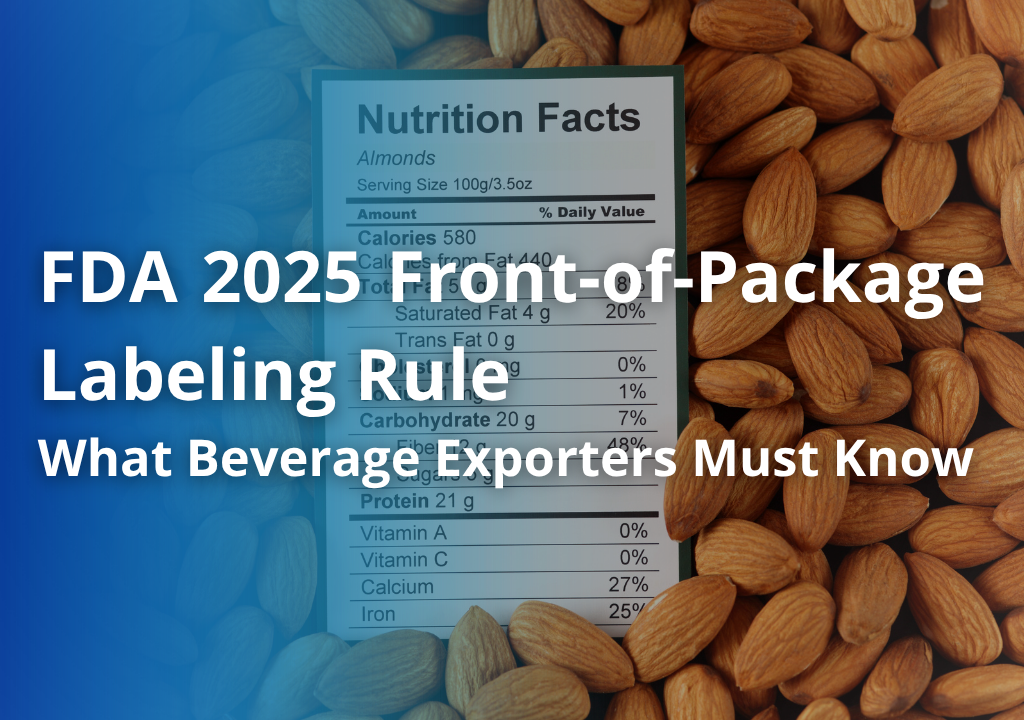Matcha Shortage & Opportunities for Functional Beverages

The global matcha shortage is disrupting functional beverages, plant-based drinks, and dairy alternatives while creating new opportunities for innovation and growth.
Global Spotlight on Matcha
In recent months, the global beverage industry has been buzzing with discussions about a looming matcha shortage. According to FoodDive, global demand for matcha has surged by over 35% in the past year, while supply from Japan — the world’s primary producer — has declined due to climate and labor challenges.
Social media platforms have amplified the hype, turning matcha into one of the most desirable ingredients for Gen Z and health-conscious consumers worldwide. From lattes to smoothies and plant-based yogurts, matcha has become synonymous with wellness, clean energy, and Instagram-worthy aesthetics. But with rising demand comes new challenges — and opportunities — for functional beverage makers.
This article explores what the matcha shortage means for the global market, why it is happening, and how companies can adapt to shifting supply chains. Most importantly, we will highlight how Nam Viet Group leverages its OEM, ODM, and private label expertise to turn challenges into opportunities for innovation in functional beverages
Market Trends Driving Matcha Popularity
The growing obsession with matcha can largely be attributed to two factors: health and social media. Gen Z consumers are driving demand for drinks that balance function, flavor, and sustainability. With its natural caffeine, antioxidants, and vibrant green color, matcha checks all the boxes.
Functional beverages infused with matcha — such as dairy alternatives, protein shakes, and sparkling drinks — are flourishing. This trend reflects a broader market shift, where consumers want more than hydration; they want wellness in every sip. Consequently, the matcha shortage poses significant implications for companies looking to stay ahead of consumer expectations.

Causes of the Matcha Shortage
The matcha shortage is not a passing trend but the result of multiple structural issues:
Climate challenges in Japan: Rising temperatures, irregular rainfall, and soil degradation affect the delicate tea plants used for matcha.
Labor shortages: Traditional matcha production is labor-intensive, and younger generations in Japan are moving away from farming.
Soaring demand: Global demand, especially in North America and Europe, has grown faster than supply chains can handle.
Price spikes: Premium matcha leaves have seen price increases of more than 250% in just one year (FoodDive, 2025).
Speculation and hoarding: Online scalpers have contributed to sudden price surges, creating uncertainty for businesses.
These factors make the matcha shortage a pressing concern for beverage companies worldwide.
Impact on Functional Beverages
The shortage is affecting categories across the board:
Plant-based drinks: Brands using matcha for plant protein shakes face rising costs.
Dairy alternatives: Yogurt and dairy-free products with matcha flavors may struggle with consistent sourcing.
Functional beverages: Energy drinks, smoothies, and probiotic beverages are forced to reformulate or explore alternative green tea extracts.
For consumers, this could mean higher prices or reduced availability of matcha-based products. For brands, the matcha shortage signals the need to rethink sourcing strategies and diversify product lines.

Opportunities for Innovation
While a matcha shortage may sound like bad news, it also opens doors for creativity and innovation:
Alternative sourcing: Exploring matcha cultivation in countries like China, India, or Kenya to supplement Japanese production.
Hybrid formulations: Combining matcha with superfoods such as spirulina, moringa, or chlorella to create unique blends.
New product categories: Launching dairy alternatives, sparkling functional beverages, and protein-enriched drinks with matcha as a hero ingredient.
Storytelling for Gen Z: Emphasizing sustainability, transparency, and authenticity to build loyalty despite supply chain challenges.
For forward-thinking brands, the matcha shortage can be reframed as an opportunity to stand out.
Conclusion

The matcha shortage is reshaping the beverage industry, from plant-based drinks to dairy alternatives and beyond. While rising demand and limited supply create challenges, they also inspire innovation and differentiation. Brands that embrace alternative sourcing, functional formulations, and consumer-driven storytelling will thrive in this evolving landscape.
👉 Contact Nam Viet Group today to explore OEM/ODM/private label partnerships in matcha-based beverages, dairy alternatives, and functional drinks.












